What Should I Do if I Find a Dinosaur?
Finding a new dinosaur skeleton is one of the most exciting parts about being a paleontologist, but not all new fossil sites are found by professionals! Plenty of amazing dinosaurs have been discovered by kids, hikers, farmers, and amateur fossil hunters. But what should you do if you find something that you think might be an important dinosaur specimen? That can be a bit of a complicated question, depending on where you found it. There are steps you can take to ensure that your dinosaur discovery ends up in good hands, and there are also federal and local laws that regulate fossil resources here in the United States.
The first thing you should do when you find a fossil bone is to leave it alone! By picking up a fossil and removing it from its original context, you may be destroying valuable paleontological data. Any information that paleontologists could have collected from a fossil will be useless if we don’t know its geological context. Additionally, the specific position of a bone can tell us a lot about how it was preserved and even how the animal died! For example, at the Mother’s Day Quarry where BBPI works, the relative orientation of bones at the site helped researchers to understand how the skeletons of a whole herd of Diplodocus were deposited by flood waters.
The next thing you’ll have to consider is whose land the fossil is on. The legal land owner, whether that’s a private individual, the state or federal government, or an indigenous authority, has rights to the fossil resources on their land, and anyone who wishes to remove fossils from that land will need permission. Removing fossils from anyone else’s land without permission is theft and can result in hefty fines or jail time. Trespassing on private property to look for fossils can also result in legal action against you.
A large amount of dinosaur fossils in the United States are found on land that is legally controlled by the federal government, but not all federal land has the same rules. The BBPI works primarily on land managed by the Bureau of Land Management, and we hold permits for our fossil excavations. You can learn more about paleontology on BLM lands here. Other types of federal land, like land run by the Bureau of Land Reclamation or Forest Service have their own systems. Land within the National Parks System is heavily regulated, and geological resources are not to be removed from the parks. This rule does not just include dinosaur fossils, but rockhounding and collecting other fossils are also prohibited. Read more about National Park fossil collecting guidelines here.
Instead of picking up bones and disturbing the site, take photos and notes about what you found so that you can easily find it later. If you can get GPS coordinates for the location of the fossil, that is very helpful for finding the site later. Plenty of smartphones can record GPS data, but if that technology isn’t available to you, be sure to take note of any nearby landmarks like roads, bodies of water, or unique rock formations to help you relocate the site. You can also mark the spot if you have something like a bandana or flag, but avoid building cairns (stacks of rocks) because moving around rocks can disturb the habitats of small animals like lizards.
Our field assistant Grace taking photos of bones found in the field. Don’t forget to include something for scale!
Just be careful who you share information with! By sharing photos of your discovery or specific information about its location, you may alert fossil poachers to its presence. Fossil poachers steal bones like skulls, teeth, and claws (or even entire skeletons) to be illegally sold for profit, and these specimens are lost to science.
The last important step after you’ve found a dinosaur fossil is to contact a paleontologist about it! Your local natural history museum is usually the best place to start, but if you’re in a federal, state, or local park, they may have paleontology staff who would be best equipped to check out your find. Show the paleontologist whatever photos and notes you collected, and they may be able to help you figure out what you’ve found! They will then take the lead in determining if the fossil should be collected and if they need to mount an expedition to collect the dinosaur skeleton. And even after you’ve handed over your discovery to a paleontologist, you can still be involved. Plenty of museums accept volunteers to help out in the lab or in the field, and if you’re really lucky you may even get the dinosaur named after you or get to see its skeleton on display!


